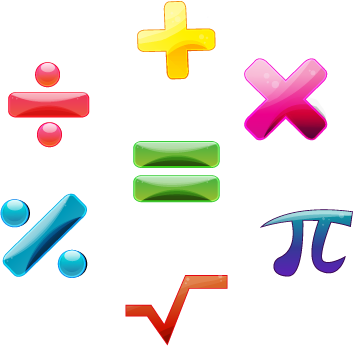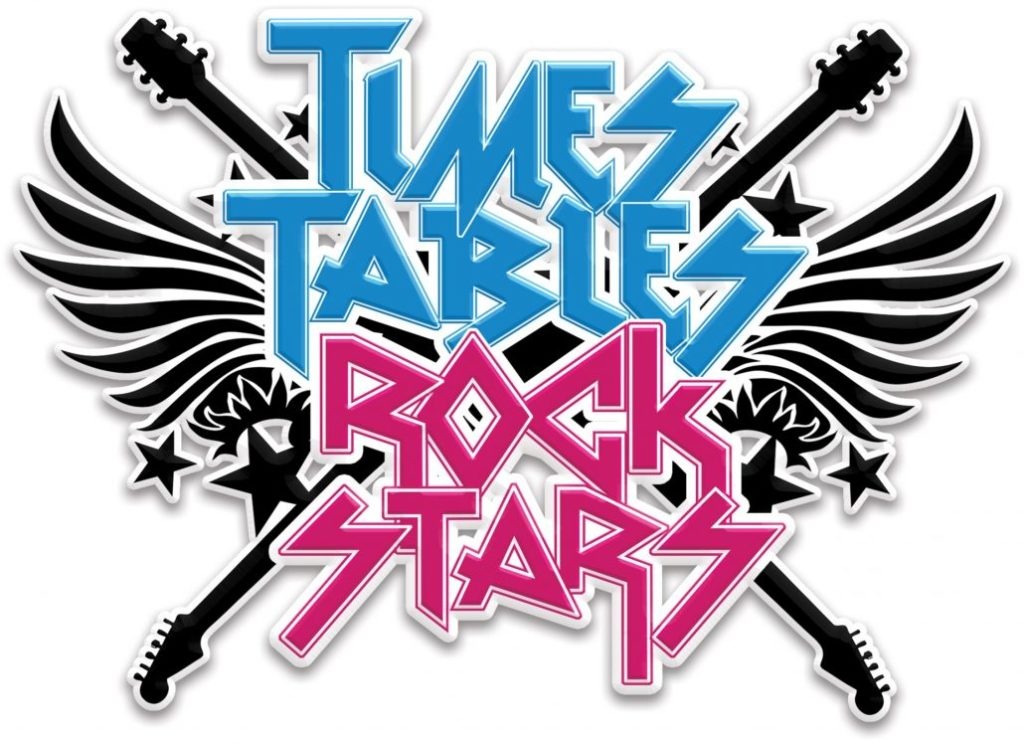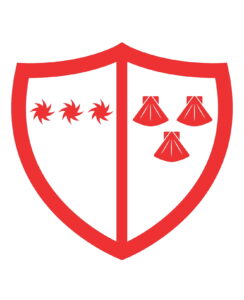Maths

Maths
At Leverton Primary School, we believe that all our children have the potential to succeed in Mathematics. We use a ‘mastery approach’ to teach Mathematics and believe that all pupils should have access to the same curriculum content, though this may be approached in different ways to ensure success. Our children deepen their understanding by tackling challenging and varied problems to embed the knowledge.
Similarly, with calculation strategies, children must not simply rote learn procedures but demonstrate their understanding of these procedures through the use of concrete, pictorial and abstract representations: fluency, reasoning and problem solving. Several times each week, the children practise their arithmetic to secure understanding and confidence.
Maths Overview
Concrete- Pictorial- Abstract
The principle of the concrete-pictorial-abstract approach is that for children to a have a true understanding of a mathematical concept, they need to master all three phases.
Concrete is the ‘doing’ stage. Pupils will use a variety of different objects to explore mathematical concepts and model concepts.
Pictorial is the ‘seeing’ stage where visual representations of concrete objects are used to help students visualise problems.
Abstract is the ‘symbolic’ stage. After achieving a solid understanding of the previous two stages, abstract concepts (such as mathematical symbols) will be introduced.
Reinforcement is achieved by going back and forth between these representations. For example, if a child is working abstractly, they may be asked to prove their answer using concrete or pictorial representations. For the purposes of the children, we ask them to ‘show their answer’ or ‘prove their answer’.
Daily Maths Lesson
We have invested in the White Rose scheme which gives children an opportunity to develop fluency, reasoning and problem-solving skills in a methodical way. The steps enable children to build on pre-existing knowledge, creating a secure understanding of mathematical concepts. Children are taught using a range of concrete materials and pictorial diagrams to teach new skills before applying these to a range of reasoning and problem-solving questions. Maths vocabulary is displayed and discussed in order that it can be used to solve problems as well as discussing solutions.
Please click on the links below to view details and guidance for the White Rose calculation policy:

TTRockstars is an online resource that each child has a personal account for. It is aimed at improving the mental recall of times tables facts.
Children as young as Year 1 have an account for this (although it is not a compulsory part of their curriculum) as they will be learning to count in 2s and 10s but also need to begin to ‘link’ the symbol of ‘x’ as ‘abstract’ learners.
Children in Year 2 will need to learn their 2, 5 and 10 times tables by the end of the year. Knowing this at a secure enough level includes division facts (e.g. 35 divided by 5 = 7) as this demonstrates a secure understanding of times tables enabling them to apply this knowledge to different situations. For instance, they should be able to demonstrate 7 x 5 = 35: 7 groups of 5 =35; and be able to answer questions such as, if there are 7 tables each sitting 5 people, how many are in the room?
Children in Year 3 will need to learn their 3s, 4s and 8s times tables by the end of this year. If they have not got a secure understanding of their 2s, 5s and 10s from Year 2 they will continue learning and practising these. This also includes division facts such as 24 divided by 3 = 8.
By the end of Year 4, our children should have a secure understanding of all their times tables up to 12 x 12, including all the division facts (e.g. 48 divided by 6 = 8). From 2020 onwards, children will sit an online multiplication check in Year 4 comprising of 25 random times tables questions. Children will have 6 seconds to work out each answer and input it into the keyboard. It is important therefore that our children have a quick recall of multiplication facts. Regular practise on TTRockstars will help children to achieve these outcomes.

At Leverton maths homework is set online using ‘My Maths’, which every pupil has their own personal login for. My Maths is tailored to the curriculum for each and every year group and so is the children’s homework. It is assigned by their teacher and is set weekly. Pupils will find videos relating to the tasks set if they require additional support. For those that have difficulties accessing this at home, there are opportunities for completing their homework at homework club on Monday afternoon after school.
99 Club
’99 club’ is run as a weekly mental maths competition, where each child has 5 minutes to complete their challenge, which is fine-tuned to their current level. To ‘move on’ they must get 100% correct. Both speed and accuracy are important.
All children start on the ’11 club’ at the beginning of each year group. This means they have to answer 11 questions correctly to move on to ’22 club’. ’22 club’ contains 22 questions in five minutes, ’33 club’ is 33 questions in five minutes and so on. Children should aim to complete 99 club by the end of their year.
Completing ’99 club’ each week allows us to continuously use and revise all the different aspects of maths on a weekly basis. It doesn’t just test times tables. We can test addition, subtraction, multiplication, division, fractions, decimals, percentages, BODMAS, highest common factor and lowest common factor, rounding to the nearest 10, 100 and 1000, < and > etc. Using these maths skills weekly reinforces these concepts and helps the children gain confidence when tackling mental maths problems. It also develops their ability to answer maths problems more efficiently as they have a sound knowledge of mathematical concepts, which they are able to apply more readily.







